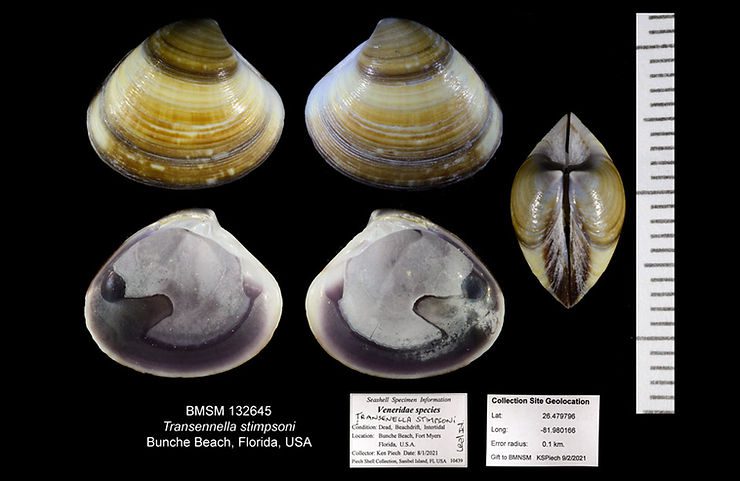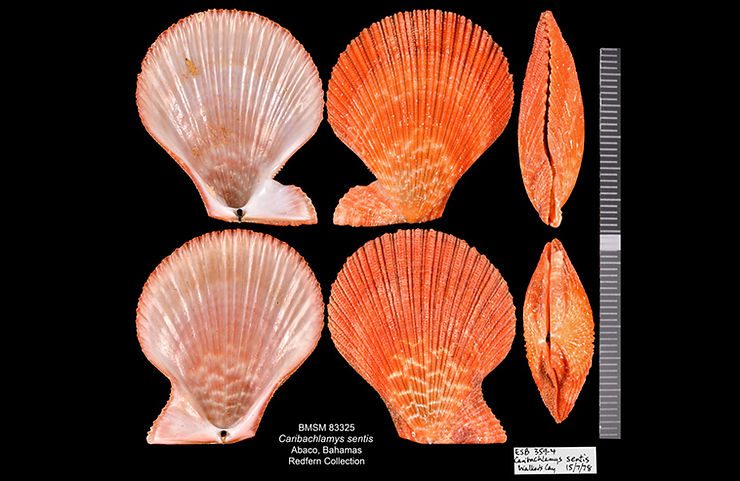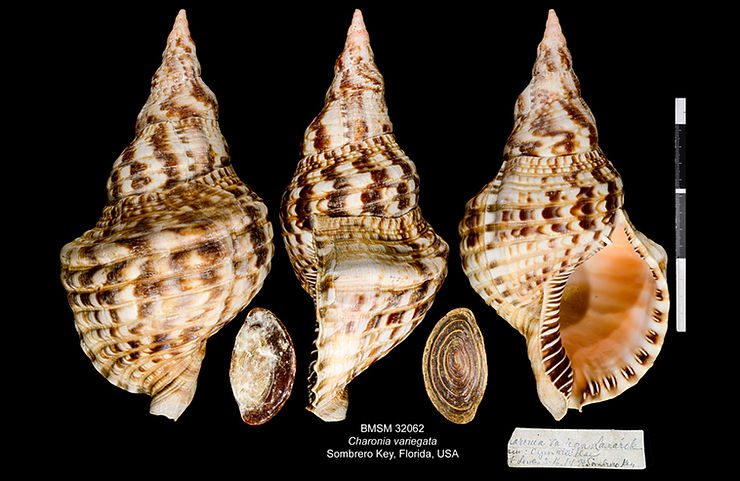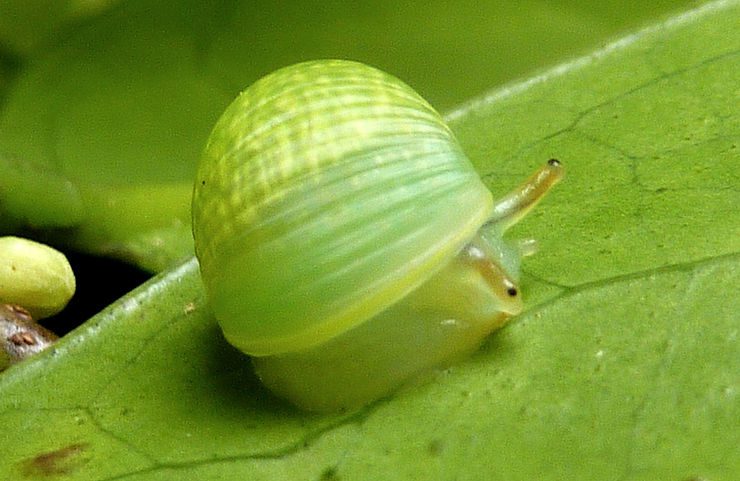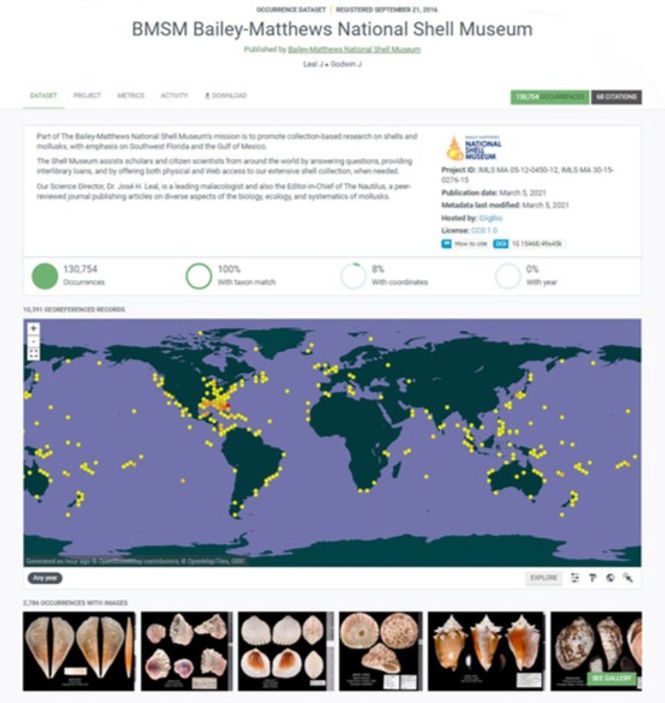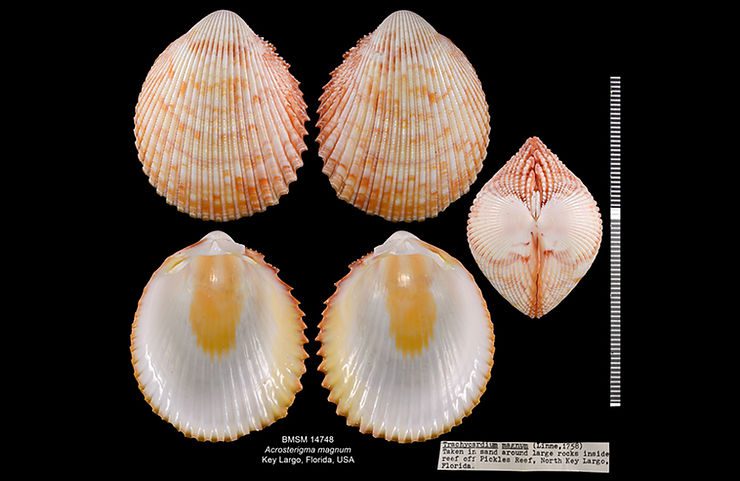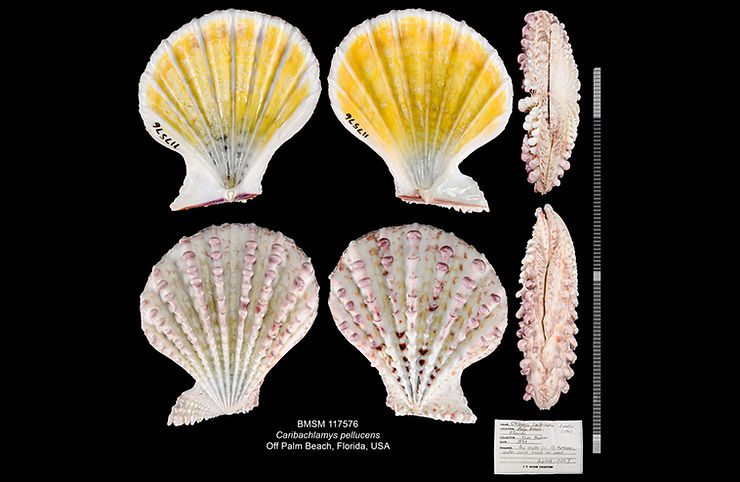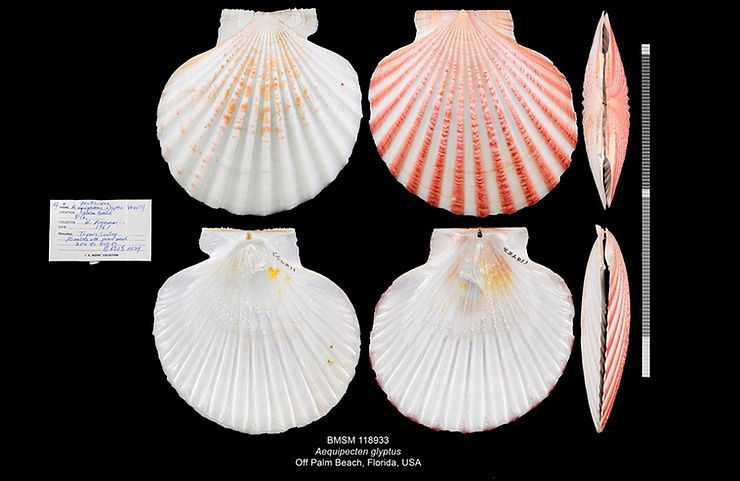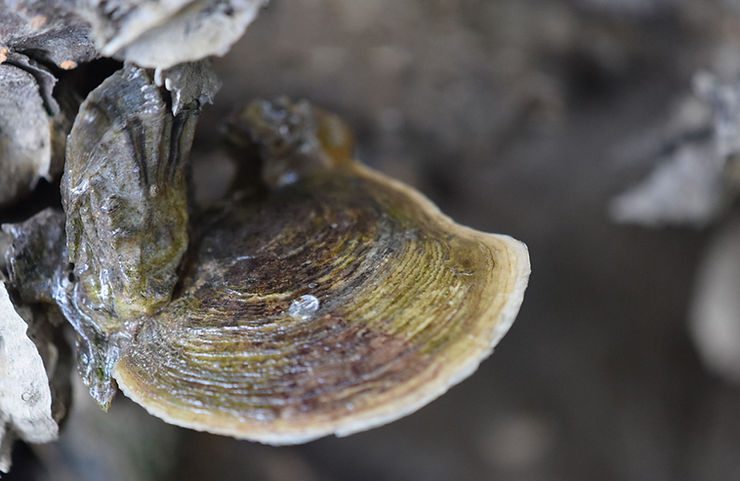
Shell of the Week: The Flat Tree Oyster
Not a true oyster, Isognomon alatus (Gmelin, 1791) is a rare find along the coast of Southwest Florida, with very few examples from our immediate area present in the larger American museum collections. The species is common in the Tampa Bay area and along the east coast of Florida. There are a couple of holdings in our collection from Marco Island, but only recently we confirmed the presence of the species in Lee County. Lorin Buckner found and photographed a couple of Flat Tree Oysters near San
